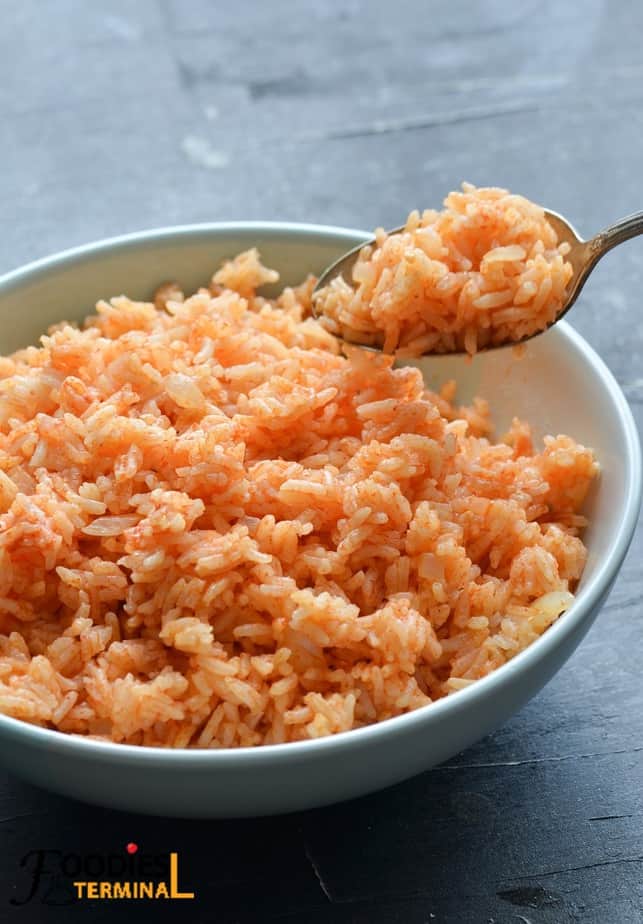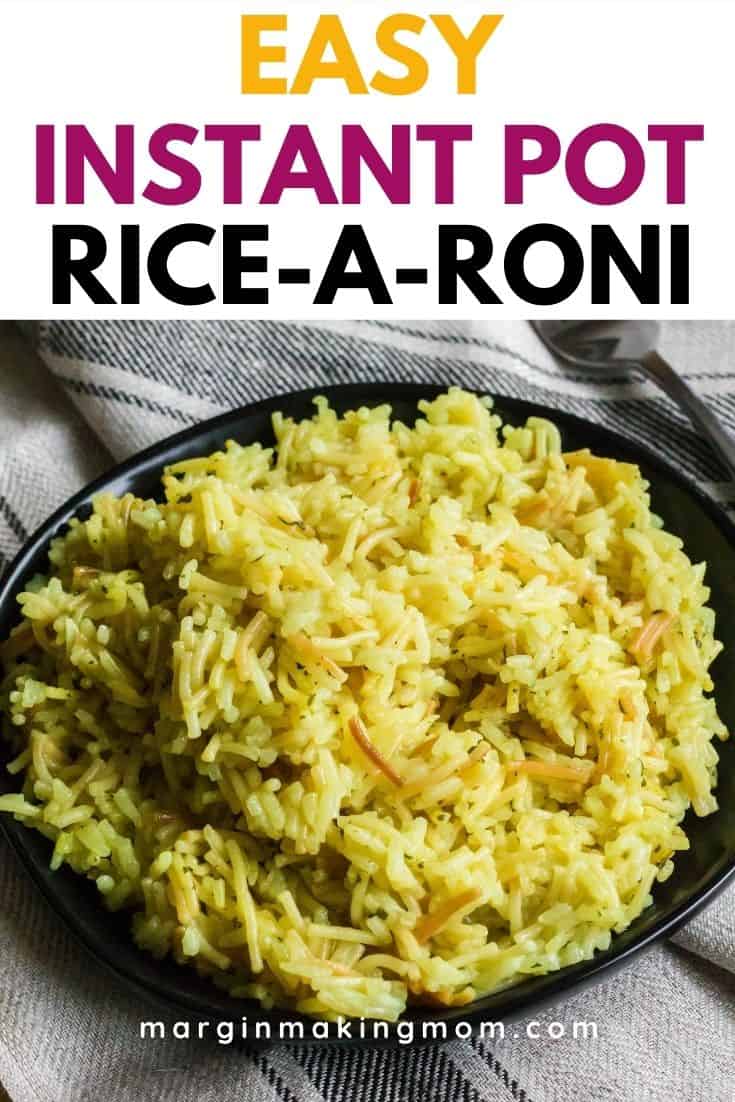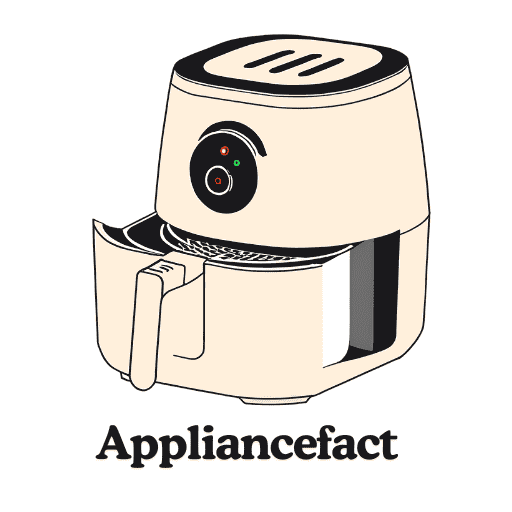Cooking rice in an Instant Pot should be a simple task, yet many find themselves asking, "Why is my rice mushy in the Instant Pot?" If you've ever been frustrated by sticky, overcooked rice, you're not alone. The good news is that with a few adjustments, you can achieve perfectly cooked rice every time. Let's explore the common pitfalls and solutions to ensure your rice is fluffy and delicious.

Source: foodess.com
Contents
Understanding the Basics of Rice Cooking
Before diving into the specifics of using an Instant Pot, it's essential to understand the basics of rice cooking. Rice is a staple food for many cultures, and its preparation can vary significantly. The key to perfect rice lies in the balance of water, cooking time, and pressure.
The Role of Water in Rice Cooking
Water is crucial in determining the texture of your rice. Too much water can lead to mushy rice, while too little can result in undercooked grains. The ideal water-to-rice ratio is vital for achieving the desired texture.
The Importance of Cooking Time
Cooking time is another critical factor. Overcooking rice can cause it to become mushy, while undercooking can leave it hard and unappetizing. The Instant Pot's high-pressure setting can significantly reduce cooking time, but it's essential to get it just right.

Source: foodiesterminal.com
Common Mistakes Leading to Mushy Rice
Using Too Much Water
One of the most common reasons for mushy rice is using too much water. For most white rice varieties, a 1:1 or 1:1.25 ratio of rice to water is ideal. This means using the same measuring cup for both rice and water to maintain consistency.
Not Rinsing the Rice
Rinsing rice is a step that many skip, but it's crucial for removing excess starch. Starch can cause rice to become sticky and clump together, leading to a mushy texture. Rinse the rice in a fine-mesh strainer until the water runs clear.
Incorrect Cooking Time and Pressure
The Instant Pot's high-pressure setting is perfect for cooking rice quickly, but it's essential to use a short cooking time. For most white rice, a 3-4 minute cooking time is sufficient. After the cooking cycle finishes, allow for a 10-minute natural pressure release (NPR) before opening the lid. This step lets the rice absorb moisture without overcooking.

Source: marginmakingmom.com
Adjusting the Water-to-Rice Ratio
Why the Ratio Matters
The water-to-rice ratio is crucial for achieving the perfect texture. Too much water can lead to mushy rice, while too little can result in undercooked grains. For most white rice, a 1:1 or 1:1.25 ratio is ideal.
Measuring Consistently
Consistency is key when measuring rice and water. Use the same measuring cup for both to ensure accuracy. This simple step can make a significant difference in the final result.

Source: greenhealthycooking.com
Rinsing the Rice: A Crucial Step
Removing Excess Starch
Rinsing rice removes excess starch, which can cause stickiness and a mushy texture. Use a fine-mesh strainer and rinse the rice until the water runs clear. This step is especially important for white rice varieties.
The Impact on Texture
Rinsing not only removes starch but also helps improve the overall texture of the rice. By eliminating excess starch, the grains are less likely to clump together, resulting in a fluffier final product.

Source: greenhealthycooking.com
Adjusting Cooking Time and Pressure
Using High Pressure
The Instant Pot's high-pressure setting is ideal for cooking rice quickly and efficiently. However, it's essential to use a short cooking time to prevent overcooking.
Short Cooking Time
For most white rice, a 3-4 minute cooking time is sufficient. This short duration ensures the rice is cooked through without becoming mushy.
Natural Pressure Release (NPR)
After the cooking cycle finishes, allow for a 10-minute natural pressure release before opening the lid. This step lets the rice absorb moisture without overcooking, resulting in perfectly cooked grains.

Source: greenhealthycooking.com
Other Tips for Perfect Rice
Fluffing with a Fork
Once the pressure is released and the lid is off, gently fluff the rice with a fork. This step helps separate the grains and release excess steam, preventing the rice from becoming sticky.
Considering the Type of Rice
Different types of rice, such as brown rice or wild rice, require different cooking times and water ratios. Always check the specific needs for your rice variety to ensure the best results.
Experimenting with Ratios
If you find that your rice is still mushy, consider experimenting with the water-to-rice ratio. Slight adjustments can make a significant difference in the final texture.

Source: www.thepyperskitchen.com
Troubleshooting Common Issues
Rice Still Mushy After Adjustments
If your rice is still mushy after making adjustments, consider the following:
- Check the Sealing Ring: Ensure the Instant Pot's sealing ring is properly in place. A loose or damaged ring can affect pressure and cooking time.
- Inspect the Vent: Make sure the vent is set to the sealing position during cooking. An open vent can cause steam to escape, affecting the cooking process.
- Consider Altitude: If you live at a high altitude, you may need to adjust cooking times and water ratios. Higher altitudes can affect boiling points and cooking efficiency.
Rice Undercooked
If your rice is undercooked, try the following:
- Add More Water: If the rice is dry, add a small amount of water and cook for an additional minute or two.
- Check the Pressure Setting: Ensure the Instant Pot is set to high pressure for optimal cooking.
Conclusion
Cooking rice in an Instant Pot doesn't have to be a frustrating experience. By understanding the common pitfalls and making a few simple adjustments, you can achieve perfectly cooked rice every time. Remember to adjust the water-to-rice ratio, rinse the rice, and use the correct cooking time and pressure. With these tips, you'll be well on your way to enjoying fluffy, delicious rice with every meal.
Watch This Video on why is my rice mushy in instant pot

